- Sustainability
- Environment
-
Biodiversity
- Mid- to Long-Term Targets and Results
- Environmental Policy and Management
- Climate Change
- Air Conservation
- Water Resources
- Resource Circulation
- Chemical Substances
- Biodiversity
Biodiversity
Basic Concept
Under the slogan of “Sho-Sho-Kei-Tan-Bi (Smaller, Fewer, Lighter, Shorter, Beauty),” the Suzuki Group thoroughly conducts wasteless, efficient business operations and promotes production of compact cars by pursuing environmental technologies in order to reduce impacts on biodiversity and contribute to sustainable usage of resources in the future.
Based on such activity philosophy, the Suzuki Group will strive to cooperate with various stakeholders as a member of society and to develop a society harmonized with our beautiful natural environment.
Efforts for Biodiversity
Suzuki introduced the environmental brand  to realize the philosophy of the Suzuki Global Environment Charter and announced the Suzuki Biodiversity Protection Guidelines as the environmental policy within the brand.
to realize the philosophy of the Suzuki Global Environment Charter and announced the Suzuki Biodiversity Protection Guidelines as the environmental policy within the brand.
The Suzuki Biodiversity Protection Guidelines will be our guiding principles for recognizing that business activities, etc., can impact biodiversity, which has provided our life with enormous natural blessings (ecosystem services) since the birth of humanity, for reducing such impacts, and for making efforts to ensure sustainable usage.
Suzuki has taken many actions to reduce impacts on biodiversity in its business and social contribution activities and endorses the Keidanren Initiative for Biodiversity Conservation.
By releasing the Guidelines, we aim to raise awareness of biodiversity throughout the entire Suzuki Group, and to develop a sustainable society that can coexist with nature, while keeping good relations with our business partners and local communities.
Suzuki Biodiversity Guidelines
-
Suzuki Biodiversity Guidelines
*The linked page is available in Japanese only.
Emphasized efforts for biodiversity
Reduce environmental loads generated through business operations and products
- (1) Promote energy saving, resource saving, and the 3Rs at business stages from product development to recycling.
- (2) Promote improvements in fuel efficiency of and R&D for next-generation vehicles in order to reduce greenhouse gases.
- (3) Work on reducing the use of substances of concern through the supply chain.
Expand environmental communication
- (1) Promote environmental beautification and conservation activities in cooperation with local communities.
- (2) Train all employees on appropriate understanding of biodiversity and related initiatives.
- (3) Work on announcing environmental information and self-conservation activities broadly to society.
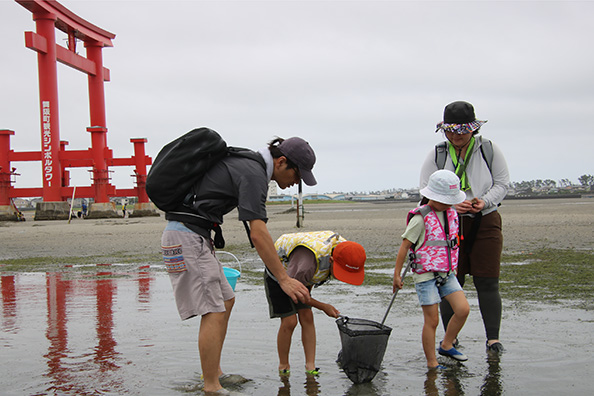

Specific actions
| Reduction of environmental loads generated through business operations and products | Expansion of environmental communication | ||
|---|---|---|---|
| (1) |
|
(1) |
|
| (2) |
|
(2) |
|
| (3) |
|
(3) |
|
Environments and ecosystems of surrounding areas
In 2018 and 2020, we conducted research on water area and flora and fauna living in and around rivers, of which more than 5% of their water comes from water released from our five domestic offices and plants. As a result, we confirmed that there are 213 species of flora and fauna, 12 of which are endangered, living in these habitats.
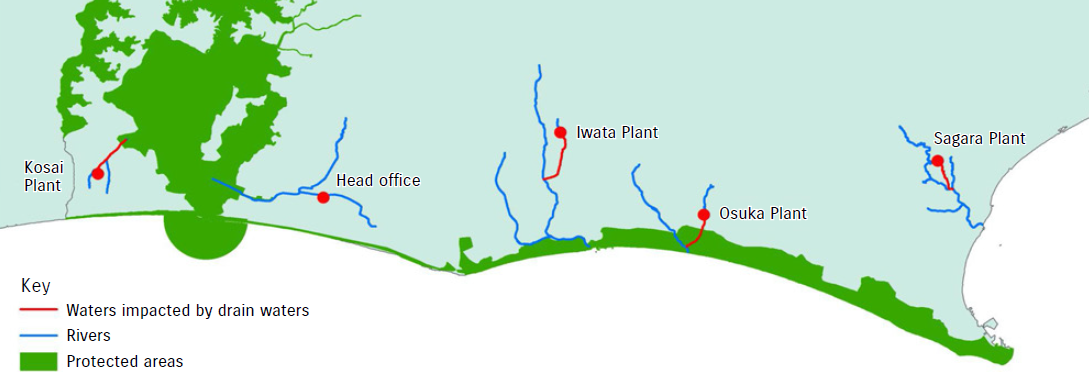
■ Wastewater discharge destinations and water areas impacted
| Target areas | Discharge rivers | Affected water areas*1 | Confirmed endangered species*2 |
|---|---|---|---|
| Head Office | Horidome River | None | N/A (no impacted water areas) |
| Kosai Plant | Kasago River | Kasago River → Confluence point with Lake Hamana |
Ruddy-breasted crake (Aves), Eurasian sparrowhawk (Aves), Red-rumped swallow (Aves), Rustic bunting (Aves), Japanese brown frog (Amphibian), Japanese eel (Pisces), Lefua echigonia (Pisces), Japanese rice fish (Pisces), Meretrix lusoria (shellfish), Small pondweed (plant) - 10 total species |
| Iwata Plant | Akuro River | Akuro River → Confluence point with Imanoura River |
Sparrowhawk (Aves), Japanese eel (Pisces), Japanese rice fish (Pisces) - 3 total species |
| Osuka Plant | Nishioya River | Nishioya River → Confluence point with Benzaiten River |
Peregrine falcon (Aves), Red-rumped swallow (Aves) - 2 total species |
| Sagara Plant | Hirugaya River | Hirugaya River → Confluence point of Hagima River and Shirai River |
Ruddy crake (Aves), Grey-faced buzzard (Aves), Red-rumped swallow (Aves), Japanese eel (Pisces), Japanese rice fish (Pisces) - 5 total species |
| Hamamatsu Plant | Not released in rivers | None | Out of scope |
- *1 Water areas where discharge from Suzuki accounts for 5% or more of the average annual water volume of rivers
- *2 Species that are listed as endangered on the red lists of the International Union for Conservation of Nature and Natural Resources and the Ministry of the Environment, as well as red lists and regulations of prefectures and cities.
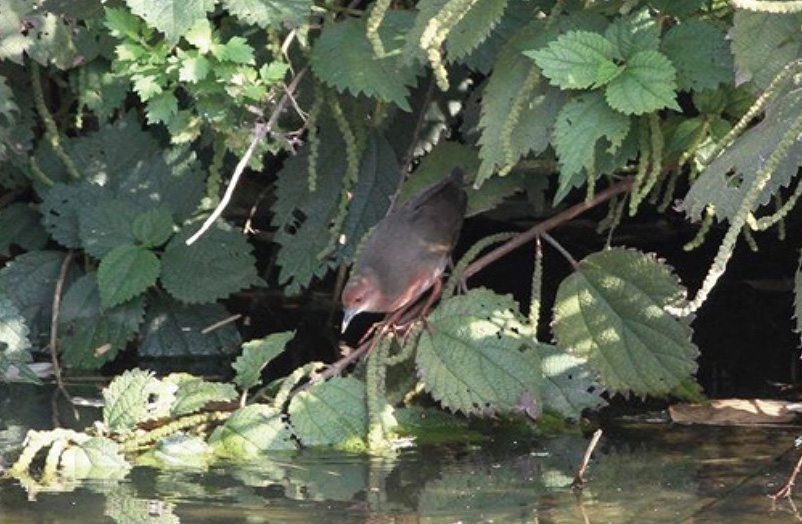
Ruddy-breasted crake

Red-rumped swallow
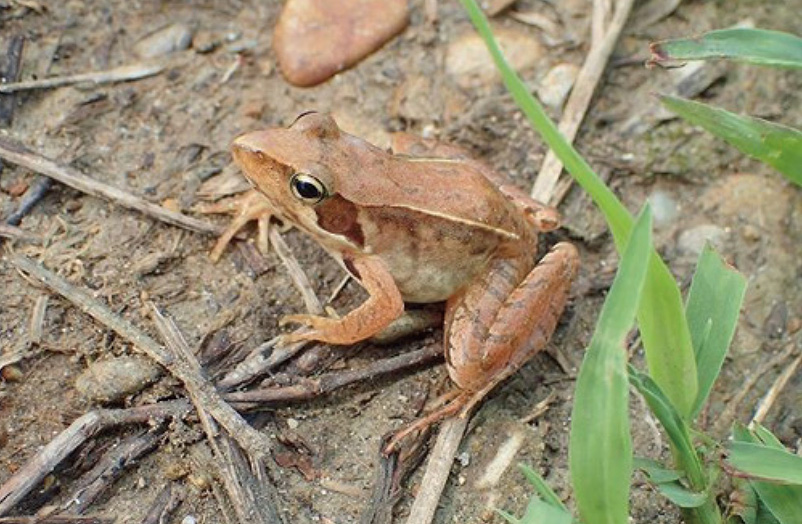
Japanese brown frog

Japanese eel
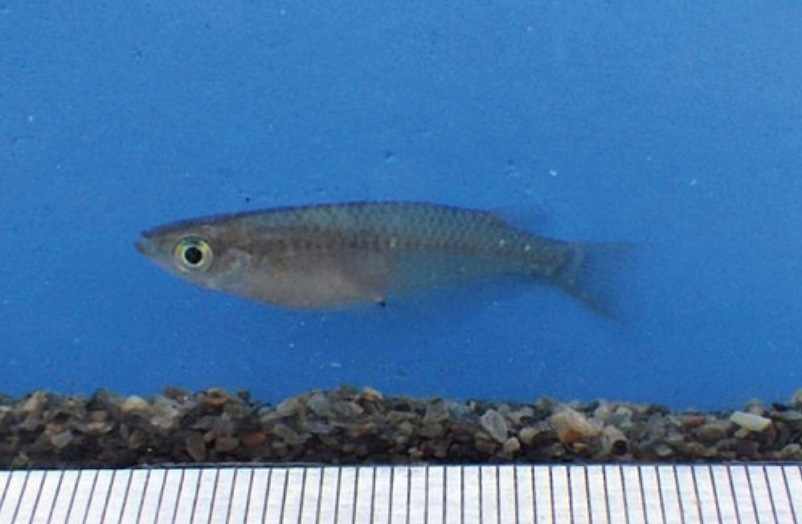
Japanese rice fish
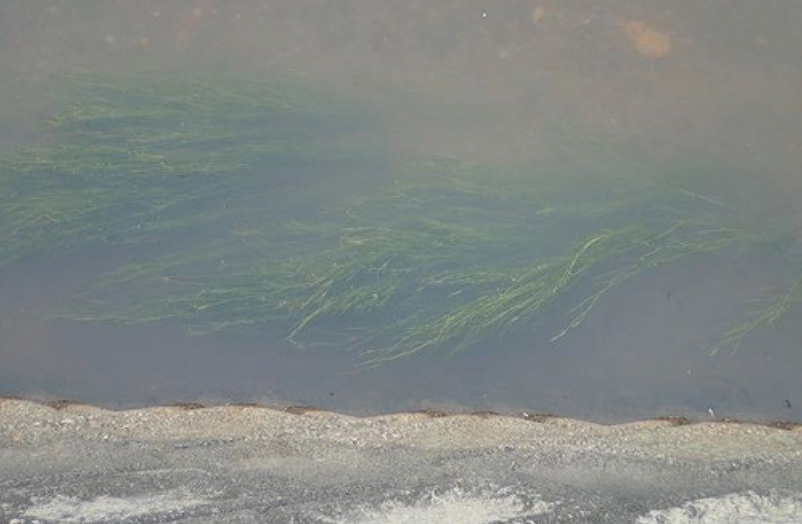
Small pondweed
Forest conservation activities
Suzuki’s Forest (Hamamatsu)
Suzuki concluded a Volunteer Forest agreement with the Tenryu Forest Administration Department of the Forestry Agency and started forestry preservation activities in March 2006 at Suzuki’s Forest located in Inasa-cho, Hamana-ku, Hamamatsu. Our employees and their families conduct forestry activities every year, such as planting trees, clearing away the undergrowth, and fungus planting/harvesting operations.
These activities were conducted 33 times in total (17 planting sessions and 16 undergrowth clearing sessions) and attended by approximately 1,600 volunteers in total.
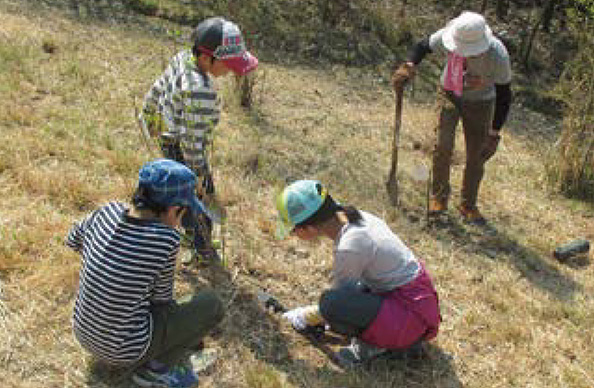
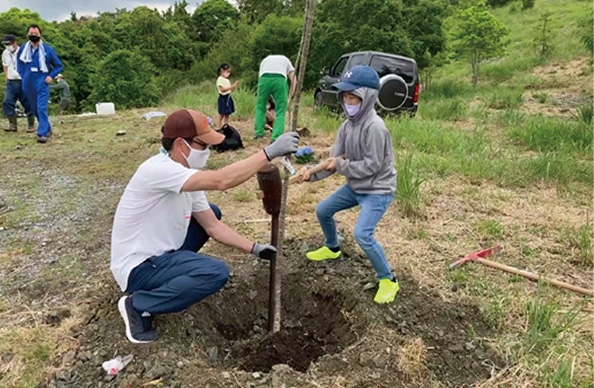

Suzuki’s Forest planting project
Forest of the Suzuki Shimokawa Proving Grounds (Hokkaido)
The Suzuki Shimokawa Proving Grounds are located in the town of Shimokawa (Kamikawa County) in northern Hokkaido, where the forest accounts for about 90% of the total land area. In 2003, Shimokawa acquired the international FSC® Forest Management Certificate (FSC®C015134; Shimokawa Forest Owners’ Cooperative, Shimokawa Town, and Northern Kamikawa Forest Management Office) as the first forestry cooperative in Hokkaido, and in 2011, it was designated as an Environmental Future City, featuring effective utilization of abundant natural resources, that strives to become a "Forest Future City where people can shine."
Moreover, a forest of approximately 300 hectares located on the proving grounds was also recognized as satisfying the strict forest stewardship standards of the FSC® certification program, so the area was also registered on the FSC® Forest Group Certificate for Shimokawa Town in 2006 (FSC®C015134). At the same time, Suzuki will continue to promote co-existence and co-prosperity with local communities, which take great care of nature, through participation in events and sales of agricultural products.
Participation in the Corporate Forest Preservation Program (Hokkaido)
As part of its environmental preservation and social action programs, Suzuki endorses the purpose of the Corporate Forest Preservation Program*, which utilizes national forests. We have been supporting forest development activities through a Profit-Sharing Afforestation agreement concluded with the Japanese government (Forestry Agency) for the period from 1996 to 2028. For an approximately 4.3 hectare national forest (containing approximately 3,000 trees) in Shimokawa Town, Suzuki conducts profit-sharing afforestation by entrusting the work to the local forestry cooperative through the Hokkaido Regional Forest Office. Also, for many years, we have contributed to the preservation of national land through watershed conservation, sediment discharge prevention and CO2 absorption and fixation, and when revenue is shared, the net profits will be used for further afforestation activities.
* Forestry Agency’s Corporate Forest Preservation Program and Profit-Sharing Afforestation
https://www.rinya.maff.go.jp/j/kokuyu_rinya/kokumin_mori/katuyo/kokumin_sanka/hojin_mori/index.html
The linked page is available in Japanese only.
Suzuki’s environmental contributions through these forests in FY2024 are evaluated as follows.
■ Suzuki’s environmental contribution through forest conservation (FY2024)
| Measurement item | FSC® Forest Group Certificate for Forests of Suzuki Shimokawa Proving Grounds (FSC®C015134) | Corporate Forest Preservation Program, Regional Forest Office of Forestry Agency |
|---|---|---|
| (1) Contribution to water yield | 155,609 m3/year | 1,494 m3/year |
| (2) Contribution to prevention of sediment discharge | 5,557 m3/year | 51 m3/year |
| (3) Contribution to absorption/fixation of carbon dioxide | 1,981 t-CO2/year | 17.5 t-CO2/year |
*Calculated using the project evaluation method employed by the Forestry Agency.
The combined figures for the Forests of Suzuki Shimokawa Proving Grounds and the Corporate Forest Preservation Program are as given below.
(1) 78.51 million 2-liter plastic bottles (2) 1,020 10-ton dump trucks (5.5 m3/truck) (3) Annual
CO2 emissions per person (tons/year) 5,295 person's worth
PhilippinesSuzuki Philippines Inc.
Tree planting: "Protect the Earth, plant trees"
As part of our CSR and ESG initiatives, on November 19, 2024, we conducted our annual tree planting activity at UP Laguna-Quezon Land Grant in Siniloan, Laguna. Led by the Company president and other executives, 28 volunteers participated in the planting of 150 trees native to the Philippines, bolstering the Company's efforts toward environmental conservation and sustainability. This activity not only aims to support forest regeneration and biodiversity restoration, but also to raise environmental awareness among participants. Working with agencies like the UP Land Grant Management Office, we will continue to work for a greener, cleaner, and more sustainable future.
Suzuki Clean Ocean Project
Conducting the Suzuki Clean Ocean Project

Symbol mark of the Suzuki Clean Ocean Project
The Suzuki Clean Ocean Project is Suzuki's environmental initiative, consisting of: 1. the CLEAN-UP THE WORLD CAMPAIGN (waterside cleanup activities) which has been ongoing since 2011, 2. Activities to reduce plastics from packaging for outboard motor products and spare parts which were launched in 2020, and 3. Activities to collect marine microplastics using microplastic collection devices for outboard motors. The Suzuki Clean Ocean Project is also a Suzuki-specific initiative for solving issues identified by the United Nations’ Sustainable Development Goals (SDGs) and shows a commitment by Suzuki Marine to pursue its brand slogan of “THE ULTIMATE OUTBOARD MOTOR” in terms of the environment as well. Under these three activities, we will team up with our partners around the world, including outboard motor users, dealers, boat builders, business partners, Suzuki Group companies, employees, and their families, to clean up the oceans worldwide.
Our activities are aligned with the purpose of the Plastics Smart program promoted by Japan’s Ministry of the Environment. For this reason, we registered with this program in 2018, and Suzuki initiatives are presented on the Ministry's website.
Clean-Up the World Campaign (waterside cleanup activities)
Suzuki waterside cleanup activities marked the 16th year in 2025. The activities originally started in Japan in 2010 and were subsequently launched in 2011 as a global initiative of the Suzuki Group under the name of Clean-Up the World Campaign. Many overseas marine distributors participate every year, and in FY2024, a total of 5,682 people participated in 77 events around the world, working to contribute to local communities by cleaning up waterside areas.
The total number of participants since the start of the program reached 23,000 in FY2024, and the program is expanding every year.

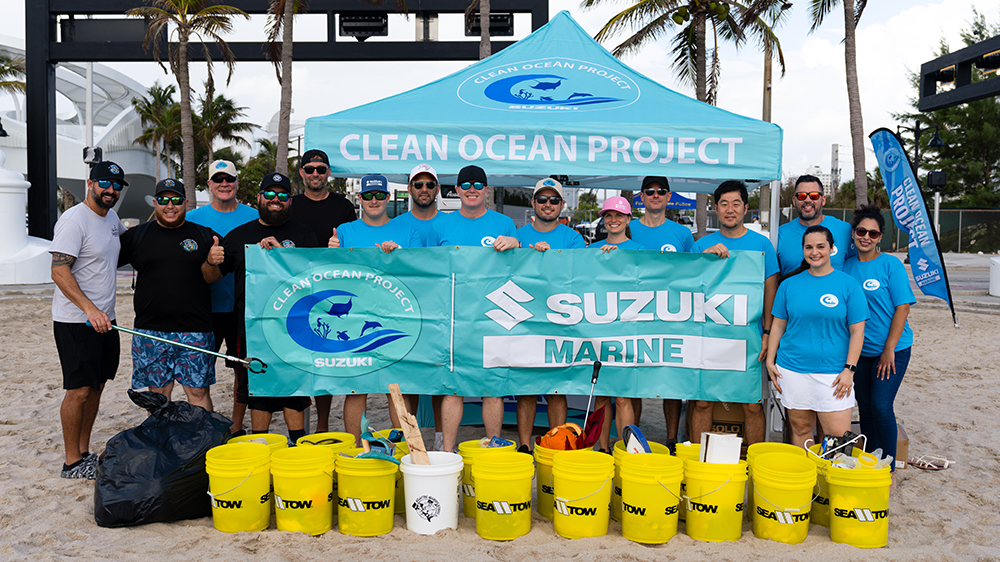

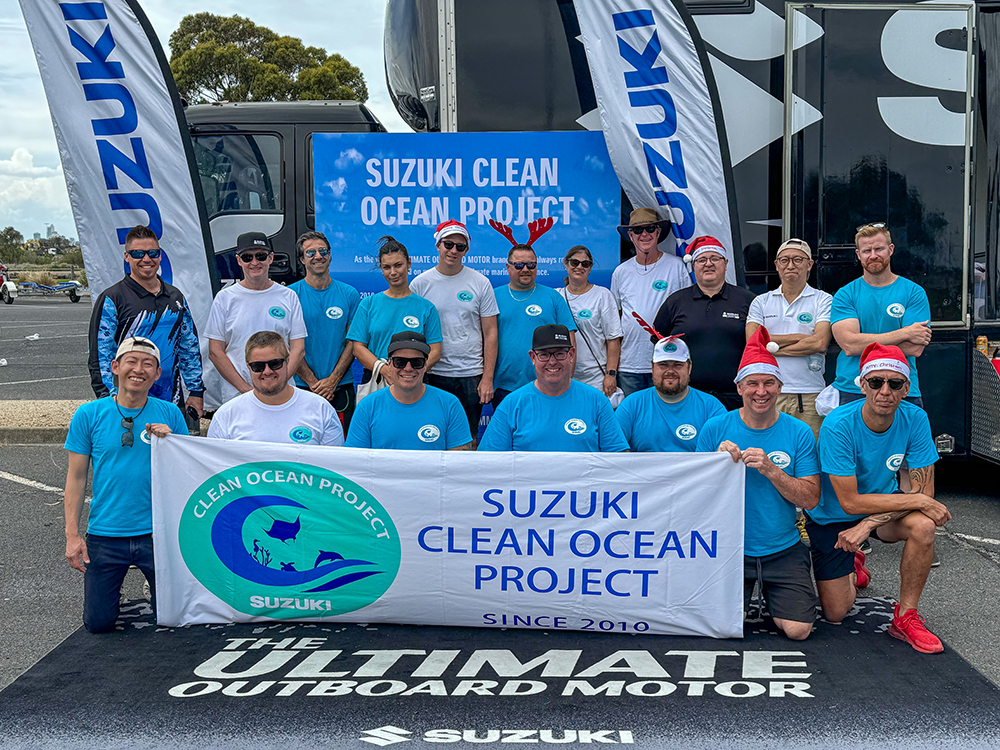
Activity to collect marine microplastics using Suzuki’s Micro-Plastic Collecting Device for outboard motors
In addition to conventional waterside cleanup activities, Suzuki launched an activity to collect marine microplastics floating in the ocean. This collection activity uses a micro-plastic collecting device for outboard motors developed by Suzuki to collect microplastics floating on and near the water surface. This device has been installed as standard equipment on certain outboard motor models produced since July 2022 and is sold globally.
Cleanup activities
Suzuki Manner Improvement Activities
Suzuki was registered in the “Hamamatsu City Road/River Foster-parent System”* in September 2004, and has been conducting cleanup activities under the banner of “Suzuki Manner Improvement Activities,” with the aim of improving the manners and environment/beautification awareness of employees. For those activities, in-house volunteers clean roads around the head office and the Takatsuka underpath every month. A total of over 17,700 participants have conducted the cleanup activities 243 times through March 2025, and they have collected 103 mini-truck loads of flammable and non-flammable garbage. In 2023, this activity was acknowledged by the government with the Company receiving the Minister of Land, Infrastructure, Transport and Tourism Award for FY2023 as a stewardship organization for rivers, coasts, and roads.
* Groups that hope to be “foster parents” decide their cleanup areas and what kinds of activities they will carry out, report them to the Mayor, and conduct cleaning of roads and related activities

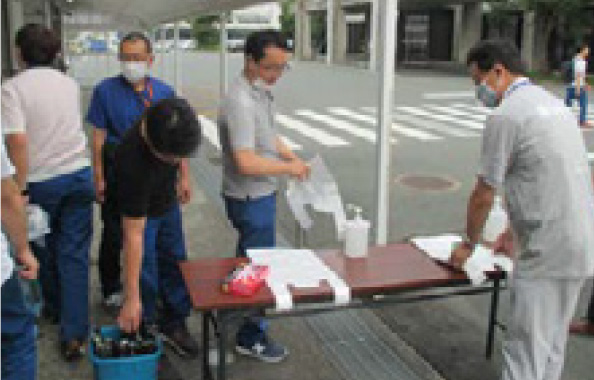
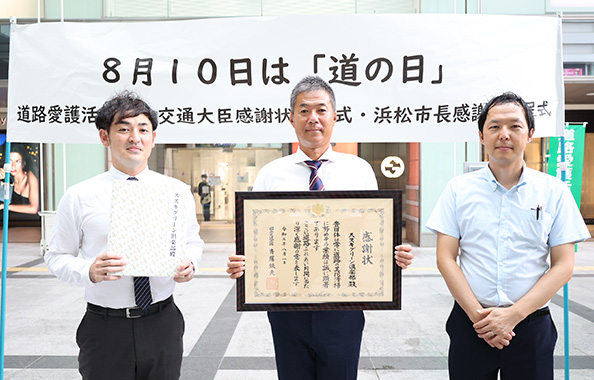
Suzuki Manner Improvement Activities
JapanDomestic sales distributors
Suzuki’s sales distributors participate in cleanup activities, environmental events and other such initiatives with the aims of community beautification and environmental conservation. Through these activities, they will cooperate with efforts geared to achieving a sustainable society by instilling a sense of unity among employees and stimulating communication with local communities.
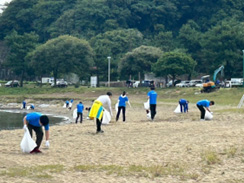
Suzuki Jihan Oita Corporation Inc.
Tanoura beach cleanup activities

 Japan
Japan

 in introductory workshops and on-the-job training
in introductory workshops and on-the-job training 